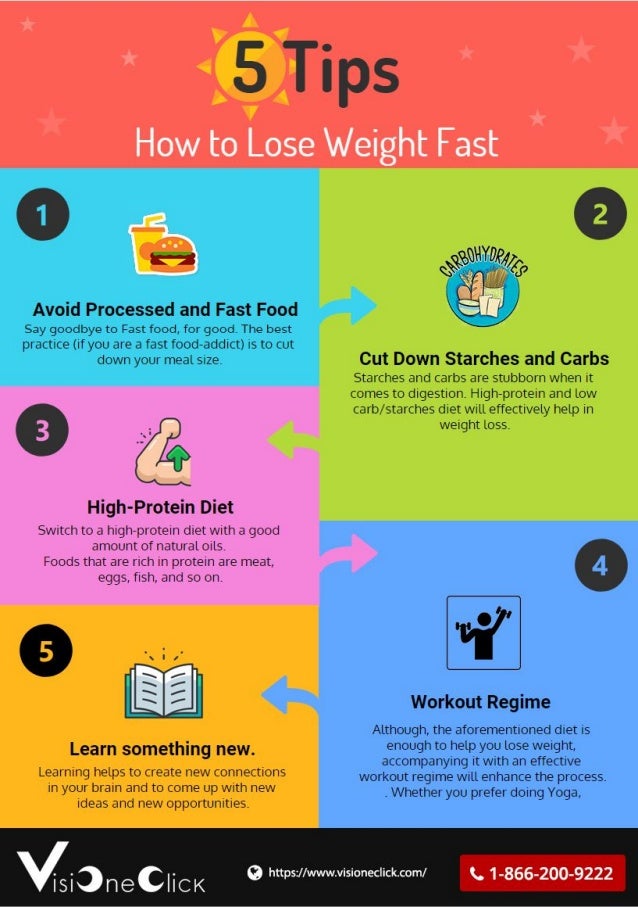To lose one pound of fat, you must burn approximately 3500 calories over and above what you already burn doing daily activities. That sounds like a lot of calories and you certainly wouldn't want to try to burn 3500 calories in one day. However, by taking it step-by-step, you can determine just what you need to do each day to burn or cut out those extra calories. Below is a step by step process for getting started. - Calculate your BMR (basal metabolic rate). Your BMR is what your body needs to maintain normal functions like breathing and digestion. This is the minimum number of calories you need to eat each day. Keep in mind that no calculator will be 100% accurate, so you may need to adjust these numbers as you go along.
- Calculate your activity level. Use a calorie calculator to figure out how many calories you burn while sitting, standing, exercising, lifting weights, etc. throughout the day. It helps to keep a daily activity journal or you could even wear a heart rate monitor that calculates calories burned.
- Keep track of how many calories you eat. You can use a site like Calorie Count or use a food journal to write down what you eat and drink each day. Be as accurate as possible, measuring when you need to or looking up nutritional information for restaurants, if you eat out.
- Add it up. Take your BMR number, add your activity calories and then subtract your food calories from that total. If you're eating more than you're burning, (your BMR + activity is 2000 and you're eating 2400 calories) you'll gain weight. If you're burning more than you eat, you'll lose weight.
Example:
Mary's BMR is 1400 calories and she burns 900 calories in daily activity with regular exercise, walking around and doing household chores. To maintain her weight, she should be eating 2300 calories but, after keeping a food journal, Mary finds that she's eating 2550 calories every day. By eating 250 more calories than her body needs, Mary will gain one pound every 2 weeks.
This example shows how easy it is to gain weight without even knowing it. However, it's also easy to lose weight, even if the process itself can be slow. You can start by making small changes in your diet and activity levels and immediately start burning more calories than you're eating. If you can find a way to burn an extra 200 to 500 calories each day with both exercise and diet, you're on the right track. Try these ideas:
| Instead of... | Do this... |
| An afternoon Coke | Drink a glass of water. (calories saved: 97) |
| An Egg McMuffin | Eat a small whole wheat bagel +1 Tbsp of peanut butter (calories saved: 185) |
| Using your break eat sweets | Walk up and down a flight of stairs for 10 minutes (calories burned: 100) |
| Hitting the snooze button | Get up 10 minutes early and go for a brisk walk (calories burned: 100) |
| Watching TV after work | Do 10 minutes of yoga (calories burned: 50) |
Total Calories Saved: 532 (based on a 140-pound person)
Exercise is an important weight loss tool, but how much you need varies from person to person. The guidelines recommend at least 250 minutes per week, which comes out to about 50 minutes, 5 days a week. If you're a beginner, start small, for example with 3 days of cardio for 15-30 minutes, gradually adding time each week to give your body time to adapt. Learn more about getting in shape and getting started with exercise. Source:

